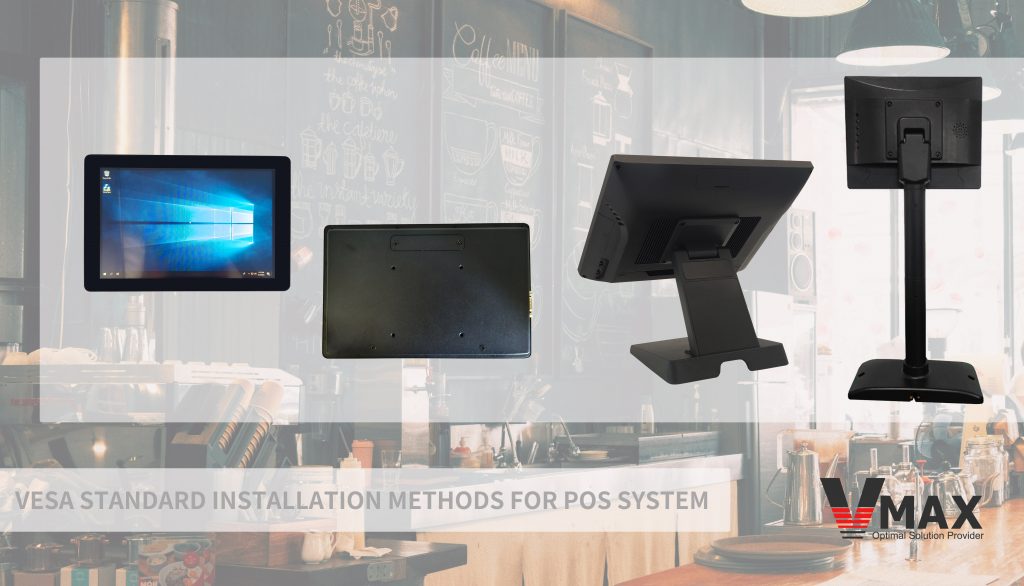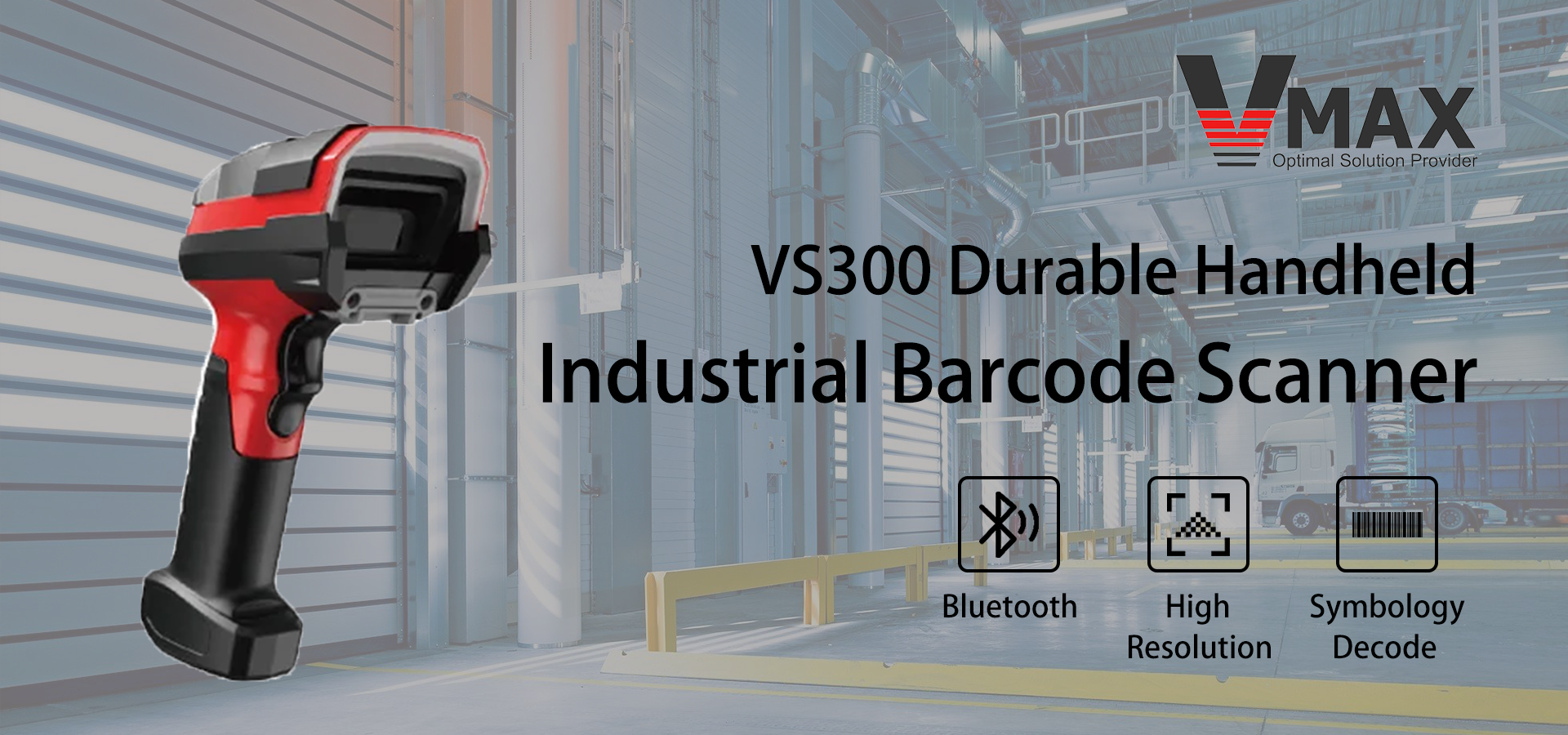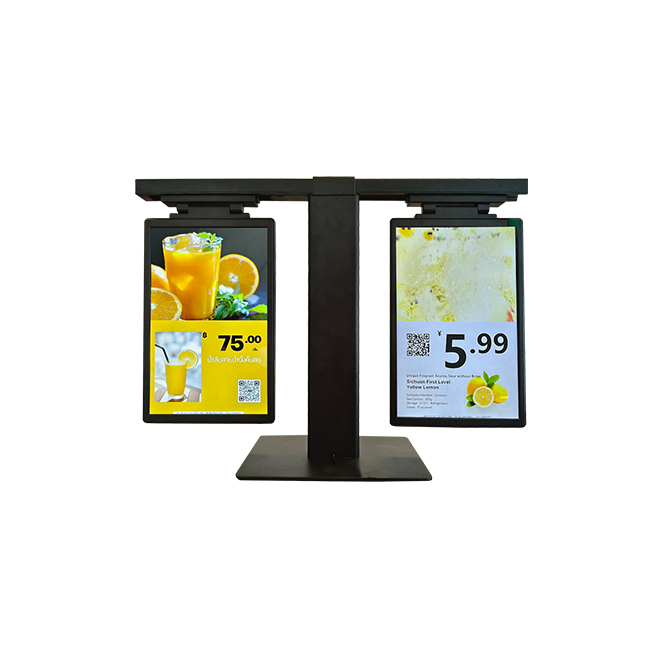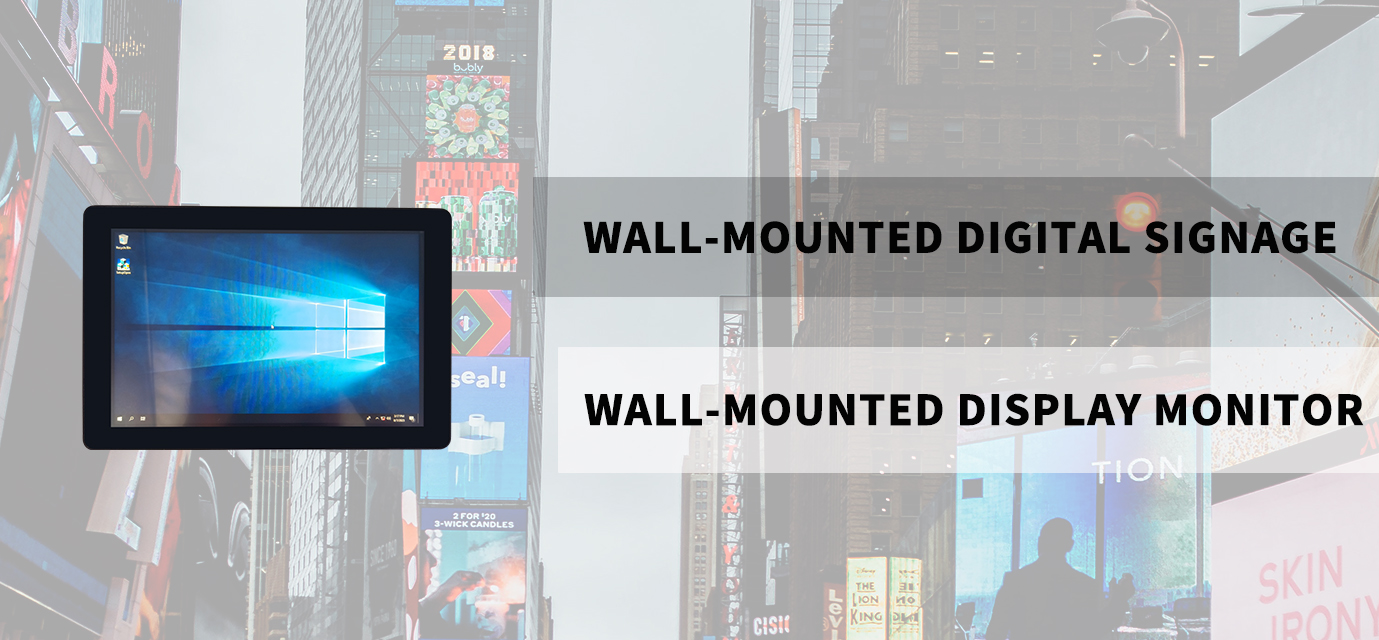The VESA (Video Electronics Standards Association) standard is a compilation of standards for mounting flat-panel displays on stands or wall mounts, such as computer monitors or televisions. Whereas the VESA standard defines the hole pattern on the back of the monitor and the brackets for fixing it that go with it, it fails to identify the installation techniques or hardware necessary.
All VESA-standard screens or TVs have four screw mounting holes on the back of the device to accommodate a bracket for installation. If you choose a stand that supports VESA specifications, you can set up the displays on different occasions based on your individual requirements, optimizing the convenience of life and work efficiency.

Wall-Mounted:
Installing VESA-compliant displays on the wall is a common way. It involves screwing or attaching an appropriate wall mount bracket to a solid wall surface. The arms or brackets of the bracket are usually aligned with the VESA hole configuration on the back of the monitor. When the bracket has been securely attached to the wall, the display may be affixed to it with screws or hooks.
Desk Mount:
Another popular installation option, especially for computer displays, is desk mounting. It involves using a desk mount arm or stand that latches to the edge of a desk or screws to the desk surfaces. A VESA-standard mounting plate or bracket connects the desk mount arm or stand to the bottom of the monitor. This method of installation enables customizable placement as well as easy removal of the display when required.
Ceiling Mount:
Ceiling mounting is frequently used in commercial or public environments when space on walls is limited. It requires mounting a ceiling mount bracket to a structural element in the ceiling, such as a beam or joist. The ceiling mount bracket generally contains movable arms or brackets that are compatible with the VESA hole pattern on the monitor. This strategy is frequently employed in venues such as conference rooms, retail stores, and airports.
Pole Mount:
Pole mounting is a flexible installation technique that may be employed in a variety of circumstances. Attaching a mounting bracket to a vertical pole or post, which may be freestanding or connected to a surface, is required. The mounting bracket frequently comes with VESA-compliant display mounting options. Pole mounting is a common choice for outdoor displays, signs, and other applications where a floor or wall mount is insufficient.
Articulating Arms or Brackets:
Articulating arms or brackets serve a purpose for installations that require flexibility and adaptability. These arms, which are typically wall-mounted or connected to a desk or pole, permit the display to be swiveled, tilted, or stretched for the most optimal viewing angles. Articulating arms tend to come with VESA-compliant mounting plates or brackets that attach to the backside of the display.
There are numerous display brackets on the marketplace today, each one having a unique combination of appropriate conditions and qualities. The typical hole spacing measurements (on the upper and lower dimensions) conforming to the VESA international connection installation standard include 75*75mm, 100*100mm, 200*200mm, and 400*400mm, coming with additional dimensions and variations, compatible with desktops, standing, embedding, hanging, wall-mounted, and other bracket configurations.
It’s vital to keep in mind that the installation technique and hardware required will vary based on the display’s brand, model, and weight. It is generally recommended to look into the manufacturer‘s recommendations and instructions for the correct mounting method with a specific VESA-compliant monitor.





